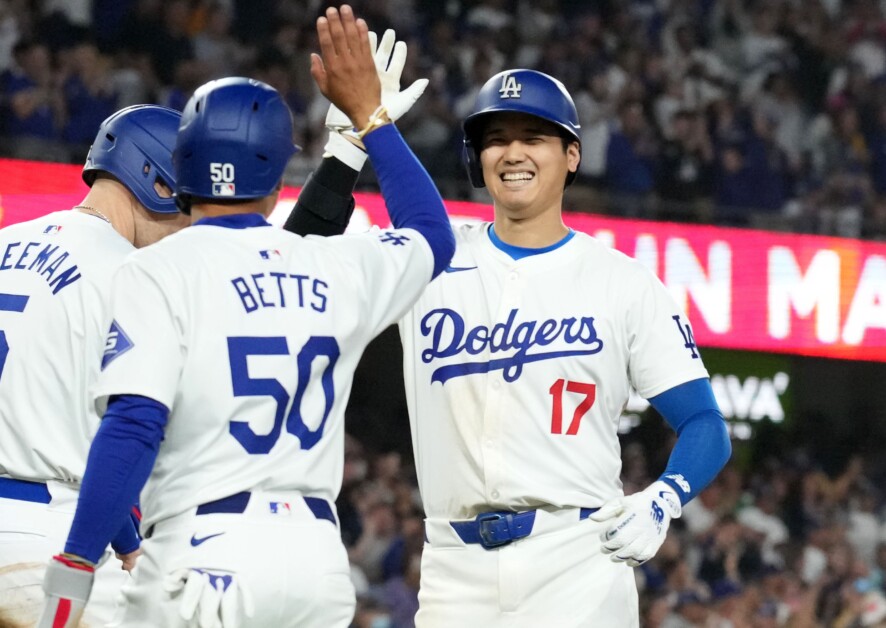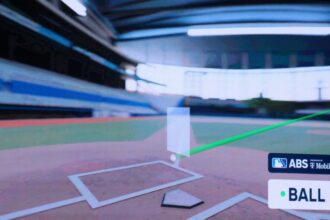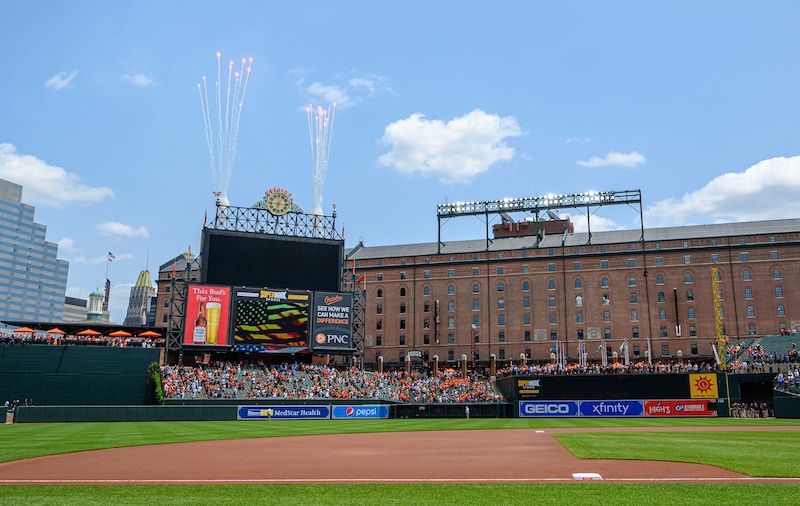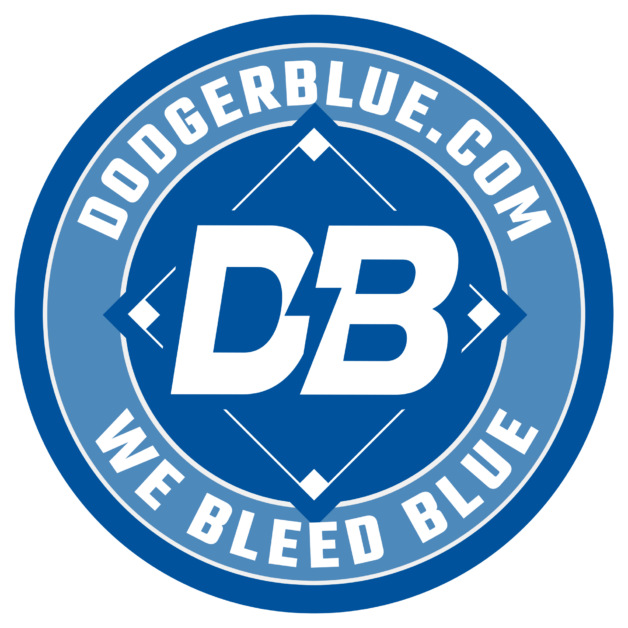The Automatic Ball-Strike (ABS) challenge system was the latest experiment brought to the Major League level as it was utilized during Spring Training games this year.
That came after a successful trial run in the Minor Leagues during the second half of last season, and by most accounts the ABS continued to be viewed as a positive development. The ABS challenge system was able to curry favor among Major League players and fans alike, as it added a meaningful and strategic element to games without being too intrusive.
[BUY HERE: Dodgers World Series banner bobbleheads]
The Dodgers were the first team to have the ABS challenge system used against them during a Spring Training game against the Chicago Cubs.
The system making its way to Cactus League and Grapefruit League games seemingly was the final hurdle to clear before it reaches the regular season at the MLB level.
According to Michael S. Schmidt of the New York Times, commissioner Rob Manfred enjoyed seeing the ABS during Spring Training and hopes it will arrive in the Majors as soon as the 2026 season:
“I think that the experiment was really successful. I think the owners made a good choice by going with the challenge system first, and I hope that we bring it to the big leagues in short order. It won’t be in 2025. It’d be in 2026.”
The ABS challenge system offers a good balance of technology to ensure calls are correctly made, while also preserving the human element with regular umpires.
In this system, home-plate umpires are still tasked with calling balls and strikes in games, but Hawk-Eye technology monitors the exact location of the pitch relative to the batter’s strike zone that is based on their height.
Players on either offense or defense are able to challenge a call if they feel the umpire got it wrong. However, only the batter, pitcher and catcher are permitted to ask for a review, and it must be made within two or three seconds of the umpire’s call without any assistance from the dugout. Each team starts the game with two challenges.
Determining strike zone for ABS system
MLB executive vice president of baseball operations Morgan Sword explained the strike zone for the Automated Ball-Strike system was created by establishing a two-dimensional rectangle that is set halfway back on home plate (8.5 inches from the front), and the top and bottom are set in proportion to a batter’s height.
That’s based on the length between 27% to 53.5% of a batter’s height, which is roughly the letters of the jersey to the knees when in a normal stance.
MLB took detailed measurements of player heights in order to determine a unique strike zone for each.
Have you subscribed to the Dodger Blue YouTube channel? Be sure to ring the notification bell to watch player interviews, participate in shows and giveaways, and stay up to date on all Dodgers news and rumors!







